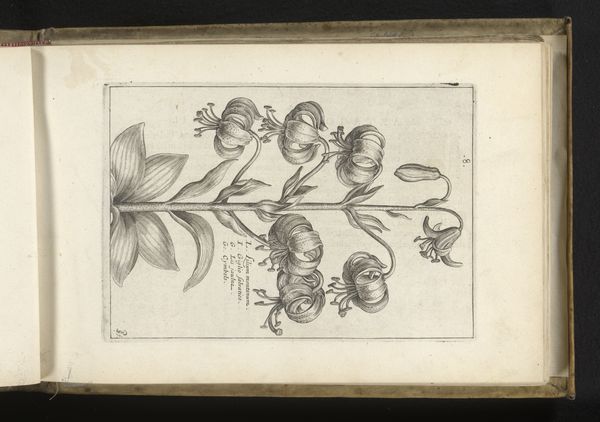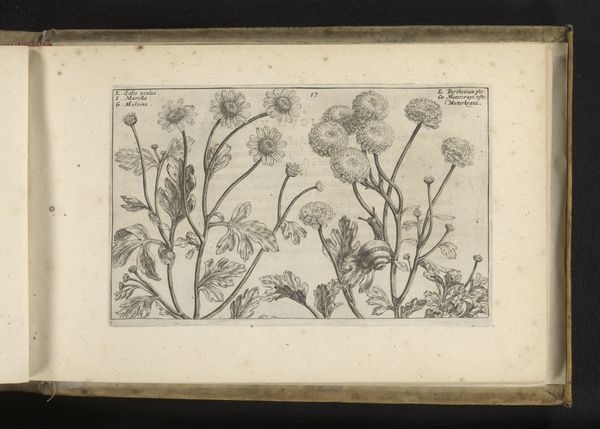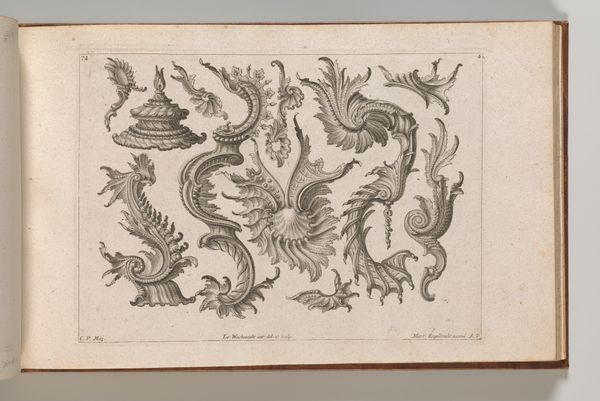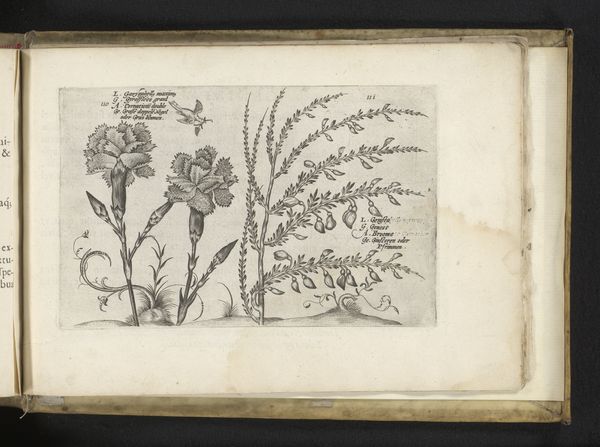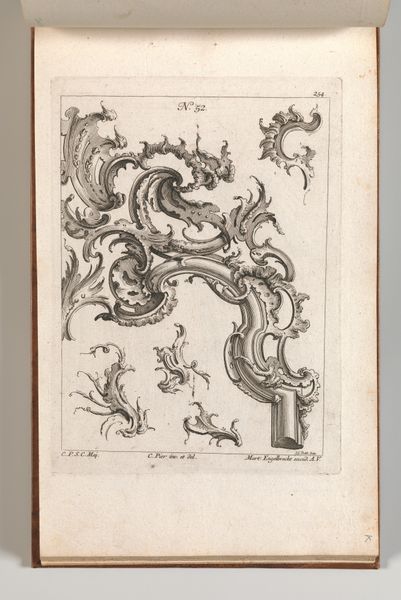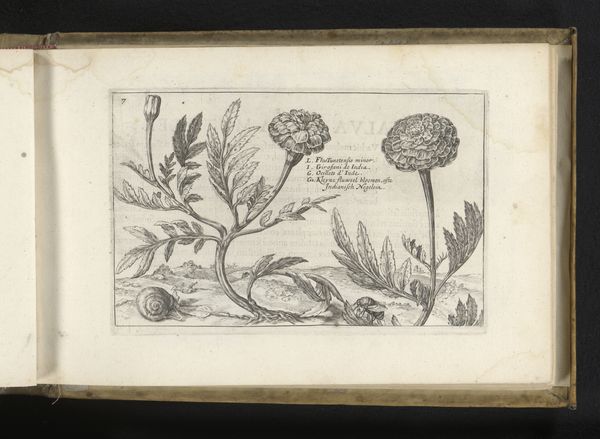
drawing, paper, ink
#
drawing
#
baroque
#
pen drawing
#
flower
#
paper
#
ink
Dimensions: height 206 mm, width 148 mm
Copyright: Rijks Museum: Open Domain
Editor: Here we have Crispijn van de Passe the Second's "White and Yellow Daffodil" from 1617. It's an ink drawing on paper, and it has this incredible detailed, almost scientific quality. What strikes you most when you look at this piece? Curator: I see a bridge between the natural world and the burgeoning scientific and artistic understanding of it. Consider the daffodil itself; across cultures, it’s a symbol of rebirth and new beginnings, fitting for the Baroque period's dynamism. Yet, the very act of meticulously rendering its form, down to the veins on the leaves, shifts it from pure symbol to object of study. Do you see that tension? Editor: I do! It's almost like van de Passe is both celebrating the daffodil’s beauty and dissecting it at the same time. Is this combination common for botanical drawings of the time? Curator: Indeed. The image taps into what Carl Jung called archetypes. Flowers, universally, evoke ideas of beauty, transience, even vulnerability. The accuracy fuses empirical observation and a culturally loaded symbol. Look how the two flowers are positioned in relation to one another—does that create a dialog, would you say? Editor: Definitely, there's a conversation between the two daffodils, like different stages of life. One's in full bloom, the other has unopened buds. This has given me so much to think about. Curator: Exactly. That continuous cycle of meaning through symbol and representation connects us to both the artist’s world and something far more ancient. A beautiful piece to explore those continuities!
Comments
No comments
Be the first to comment and join the conversation on the ultimate creative platform.

